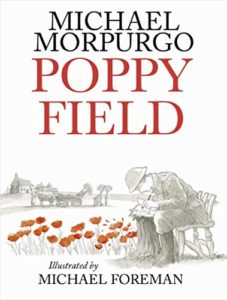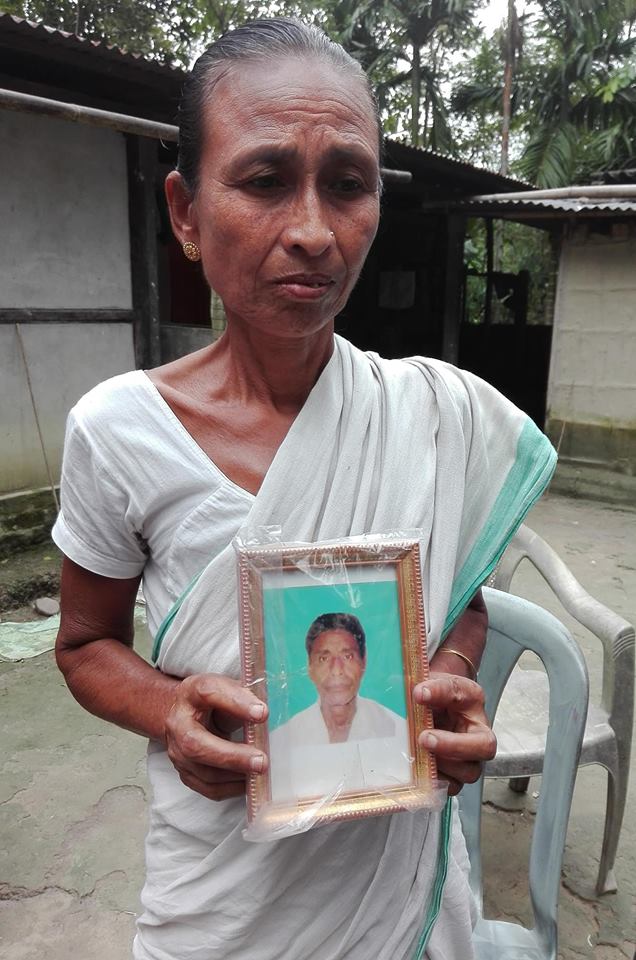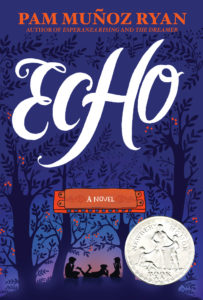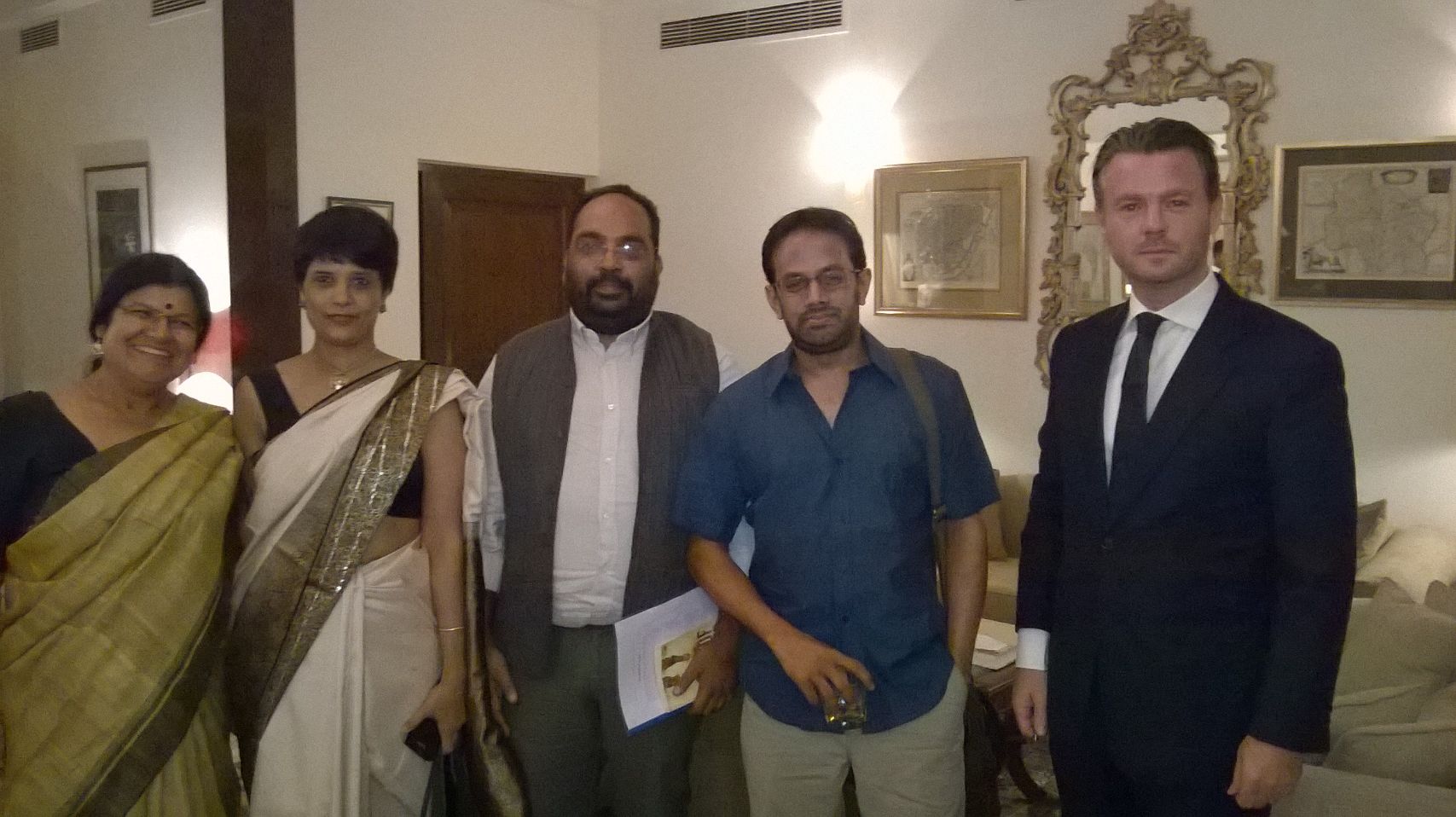“The Brass Notebook” by Devaki Jain
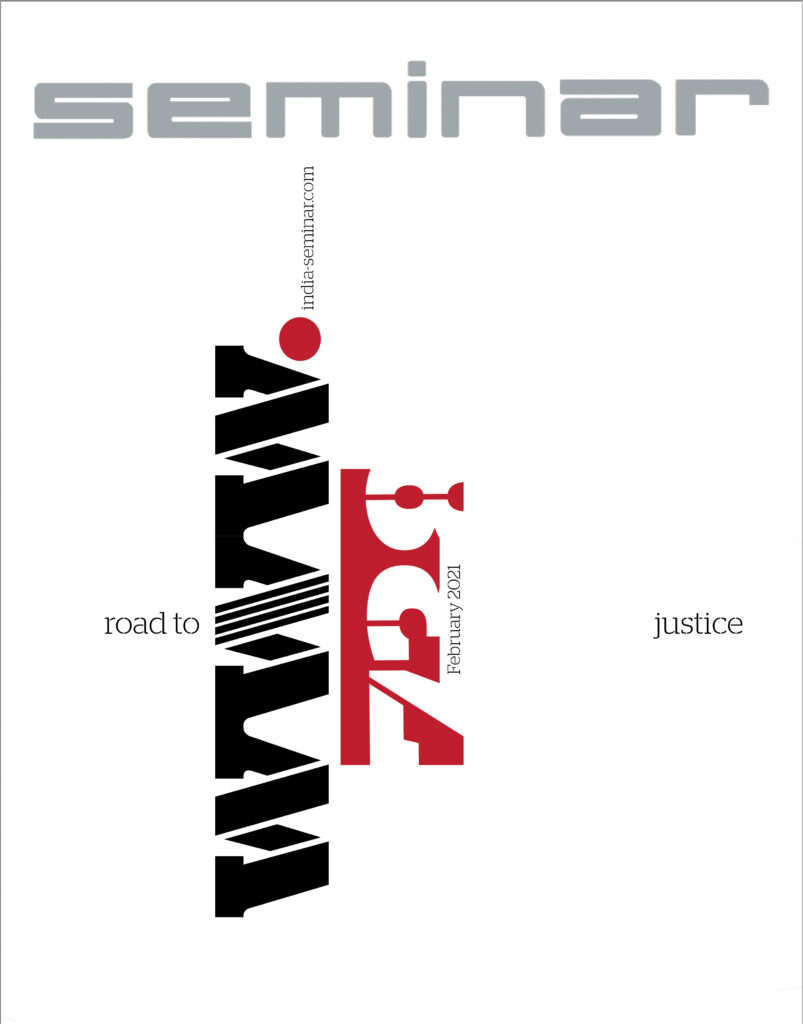
In the Feb 2021 of the Seminar Magazine ( #738, ROAD TO JUSTICE: a symposium on thinking through the rule of law), I have reviewed noted feminist economist Devaki Jain’s memoir, The Brass Notebook. Here is the original url. I am also C&P the text below.
***
The Brass Notebook ( Speaking Tiger Books) is renowned feminist economist Devaki Jain’s memoir. Her life has been blessed with rich experiences given the freedom her father allowed her, which was unusual for the time. She had been fortunate that her Tamil Brahmin father did not impose the same restrictions and rituals upon her as he did on her elder sisters when it came to education, marriage, travel among others. Astonishingly she was even permitted by her father to stay alone in London after he had taken her there on an official trip as a companion.
Her trip was eventful; she managed to spend a few days with the then High Commissioner of India, Vijay Lakshmi Pandit. Later, Devaki attended a two-week seminar organized by the Quakers in Saarbrucken, Germany. There she met a Dane who persuaded her to accompany him. His plan was to hitchhike to England after taking a short detour to Copenhagen and then Sweden. Devaki agreed. Later she did an overland trip from England to India with another friend. She does remark in amazed wonder that ‘Looking back, it is surprising how little my father resisted.’ At this time, charmed by the idea of attending Oxford University, even though the admission process was over, she was admitted to Ruskin College, a relatively ‘new’ college that catered mostly to the working class and offered subjects like economics and industrial relations.
Years later when she met the principal H.D. Hughes and asked him why he had let her in, his reply was ‘Pure amusement …at the sight of this evidently upper class Indian girl in her early twenties, asking desperately to be allowed to study alongside men and women in their thirties with more than ten years of hard manual labour behind them. How, he said, could he resist such a social experiment?’
Devaki’s adventurous spirit permitted her to challenge her boundaries constantly. She did this even by marrying out of her caste to the prominent Gandhian, L.C. Jain, a Jain from Rajasthan. It was this very feistiness that enabled her to very early on in her life begin to question inherited traditions of culture and knowledge. For instance, in one of her earliest publications, an essay, ‘The Social Image’, that she wrote for Seminar (‘The Indian Woman’, # 52, December 1963, pp 20-23), she states categorically that the social image of women is mostly a patriarchal construct that is enabled by their veneration of the panchkanyas – Sita, Ahalya, Draupadi, Tara and Mandadori. She argues that this imagery fails to accommodate many women who fall outside ‘this Sita orbit’. This neglect creates both environmental and internal pressures. For example, the woman who stays unmarried and follows a career is considered an aberration. Instead she sought for the celebration of more rebellious women in the ancient Hindu traditions, women who stood up for themselves, and didn’t define themselves in relation to men: Amrapali, a cultured and worldly courtesan; Gargi, an ancient philosopher; Avaiyar, a Tamil poet and scholar, among others.
Later she was fortunate to have her values endorsed while she was enrolled at St. Anne’s College for her PPE course. Her tutors, Iris Murdoch, Peter Ady, Jenifer Hart: three supremely intellectual women, took her seriously as a fellow thinker – a respectful intellectual engagement. ‘I was a woman among other women, and we were bound by ties of intellectual sympathy. I was being valued for my intelligence, hard work and achievement.’ A bond of sisterhood that she learned to value later as an economist and at the helm of Institute of Social Studies Trust (ISST).
Devaki Jain is known for recognizing the value of a woman’s labour in real economic terms, whether towards the national economy or in the personal space. It was a slow and methodical process as she accrued experience as an economist, first by writing The Democratic Alternative at Minoo Masani’s invitation. Later as a lecturer in the Economics department, Miranda House, University of Delhi, she taught public finance. She would often walk across to the Delhi School of Economics to converse with eminent economists like Amartya Sen, K.N. Raj, Sukhamoy Chakraborty, and Jagdish Bhagwati to name a few. By 1972, she quit the university and the Indian Council for Social Science Research (ICSSR) helped her set up a new field-based project on the unrecognized contribution of women to the economy. Later she was commissioned by Sheila Dhar, Director, Publications Division, to edit Indian Women, to coincide with the UN International Year of Women, 1975. Contributors included, among others, Andre Beteille, Veena Das, Ashok Rudra, Romila Thapar, and Qurratulain Hyder. Ester Boserup, working on women in African agriculture, demonstrated the significance of gender roles in social analysis. Ashish Bose, a demographer, presented for the first time the falling sex ratio in India. The ratio declined from 972 females per 1000 males (1901) to 930/1000 (1971), prompting Amartya Sen to coin the phrase ‘India’s missing women’. Women of many different kinds were described in ‘Indian Women’: nuns, teachers, nurses, students, matriarchs. Later the Government of India also set up a committee to report on the status of women in India entitled ‘Towards Equality’.
This project pushed her into exploring her hunch that ‘the official figures on women’s participation in work were seriously underestimating the facts on the ground; I also suspected that what lay behind this underestimation was a deep methodological flaw in the approach to measurement.’ Her proposal to Raj Krishna’s Institute of Social Studies Trust (ISST) brought together her two interests – growing fascination with women’s role in labour, and her specialization in statistics. Her findings that the measurements were all wrong and much of the time data on women’s economic contribution was not even being collected. She also discovered that the female work participation rates were in fact higher than participation rates for men amongst the landless in India, ‘landless’ being a proxy for extreme poverty. This challenged the long-held belief that the main breadwinner of a household was generally a man.
The string of accomplishments Devaki Jain garnered are endless. For instance, she was one of three women who was invited to participate in Julius Nyere’s twenty-eight member South Commission. It was constituted to give voice to the shared perspective of the South, drawn from the experience of Non-Aligned Movement countries, and not simply imported from northern models that may or may not be suited to the conditions of these societies. She has worked with various national and international agencies committed to a gendered understanding of economics. Her strong friendships with well known feminists like Gloria Steinem and Alice Walker, have only strengthened her perspective on women’s rights. In fact, it is the fundamental principle that she agrees with and so heartily endorses Walker’s view that there is no problem in being called a ‘feminist’ or a ‘womanist’, whatever it takes for women’s liberation to be recognized and for a woman to earn her freedom – that is all that matters.
In keeping with her strong characteristic of recognizing her self-worth and preserving her dignity, she documents the sexual harassment she faced from her maternal uncle and later by a well known Swedish economist at Balliol College, Oxford in 1958. She was interviewed for the job to be his junior research assistant from Asia to work on his magnum opus, a three-volume work on development. She had been interviewed at the home of the then Swedish Ambassador to the UK, Alvar Myrdal. Reflecting upon the incident in the wake of the #MeToo movement, Jain realizes that in 1958 she had no recourse to retribution as there is now for women who work for men and are sexually harassed. Different age, different rules. But why a doyen of feminism like her chooses not to reveal the name of the aggressor, when she doesn’t hide the specific familial relationship with her maternal uncle (who she also doesn’t name) is puzzling. At any rate, it was her choice to make and must be respected.
The title, The Brass Notebook, has been inspired by Doris Lessing’s The Golden Notebook where Devaki Jain uses ‘brass’ as for her it has warm associations with her childhood, but it is also ‘a hardier, homelier metal than gold. It represents not perfection or unity, but an honourable imperfection consistent with my own limits.’ This clearheaded understanding of what it means to be a woman, chart her own career and who values her labour were pathbreaking concepts then and to some extent are even now – nearly six decades later. The Brass Notebook is a snapshot of a life well lived by a pioneering feminist and an excellent role model for subsequent generations.
1 Feb 2021

